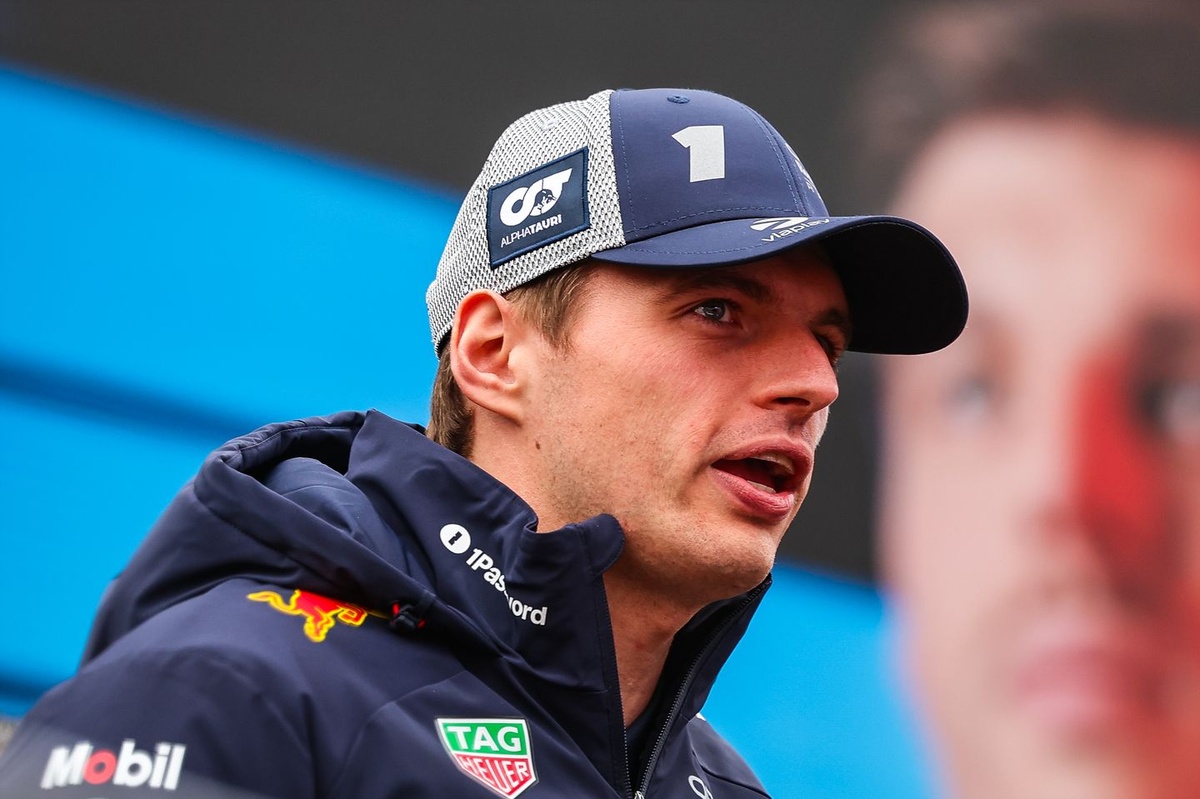Max Verstappen, the reigning Formula 1 champion, has raised concerns regarding the physical toll of the current generation of F1 cars following his remarks about back pain. During a press conference in Las Vegas, Verstappen stated, “My back is falling apart,” highlighting the challenges drivers are facing with the heavy and cumbersome ground-effect cars. This statement has prompted a response from the FIA regarding driver welfare and the upcoming changes to vehicle regulations.
With the 2023 season nearing its conclusion, drivers have only two more weekends to race in the current cars before new regulations come into effect. Verstappen, along with fellow drivers Fernando Alonso and George Russell, expressed their dissatisfaction with the existing vehicles. They noted that the current cars’ design makes them less responsive, especially when navigating slower corners.
Impact of Current Regulations on Driver Performance
The introduction of ground-effect aerodynamics has aimed to enhance performance by increasing downforce. However, the unintended consequence has been the creation of heavier cars that are challenging to handle. The drivers argue that this weight impacts their ability to race effectively, particularly on circuits with tight turns.
Verstappen’s comments reflect a broader sentiment within the driver community. Many have expressed frustration not only about the physical demands of the cars but also about how these challenges can affect overall race strategy and performance. The FIA, responsible for governing the sport, is now under pressure to prioritize driver health and safety in future regulations.
The FIA has acknowledged the concerns raised by drivers and is currently reviewing the feedback as part of the ongoing preparations for the 2024 season. The governing body has indicated that driver welfare will be a key consideration in shaping the new regulations.
Looking Ahead to 2024 Regulations
As the sport prepares to transition to a new regulatory framework, there is anticipation about how these changes will impact the cars’ design and performance. The aim is to create a more agile racing experience that enhances both driver comfort and competitive dynamics on the track.
The upcoming regulations are expected to address the issues raised by Verstappen and his peers, potentially leading to lighter, more responsive vehicles that could improve the overall racing spectacle. Fans and teams alike are hopeful that these adjustments will reinvigorate the sport and enhance the experience for both drivers and spectators.
In the meantime, as the current season wraps up, the focus remains on the remaining races. With a tight schedule ahead, drivers will continue to push the limits of their machines while also advocating for necessary changes that prioritize their health and performance.































































